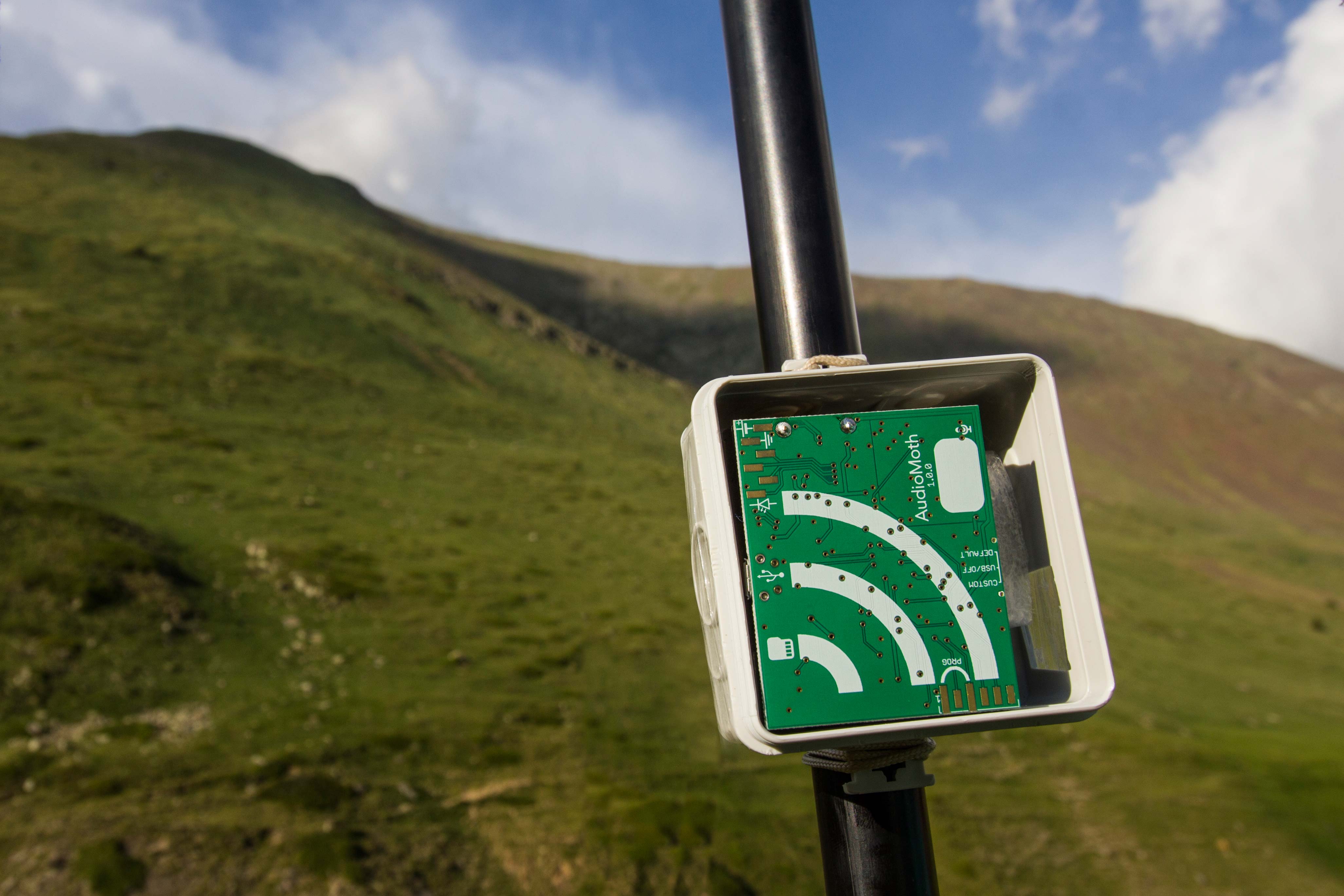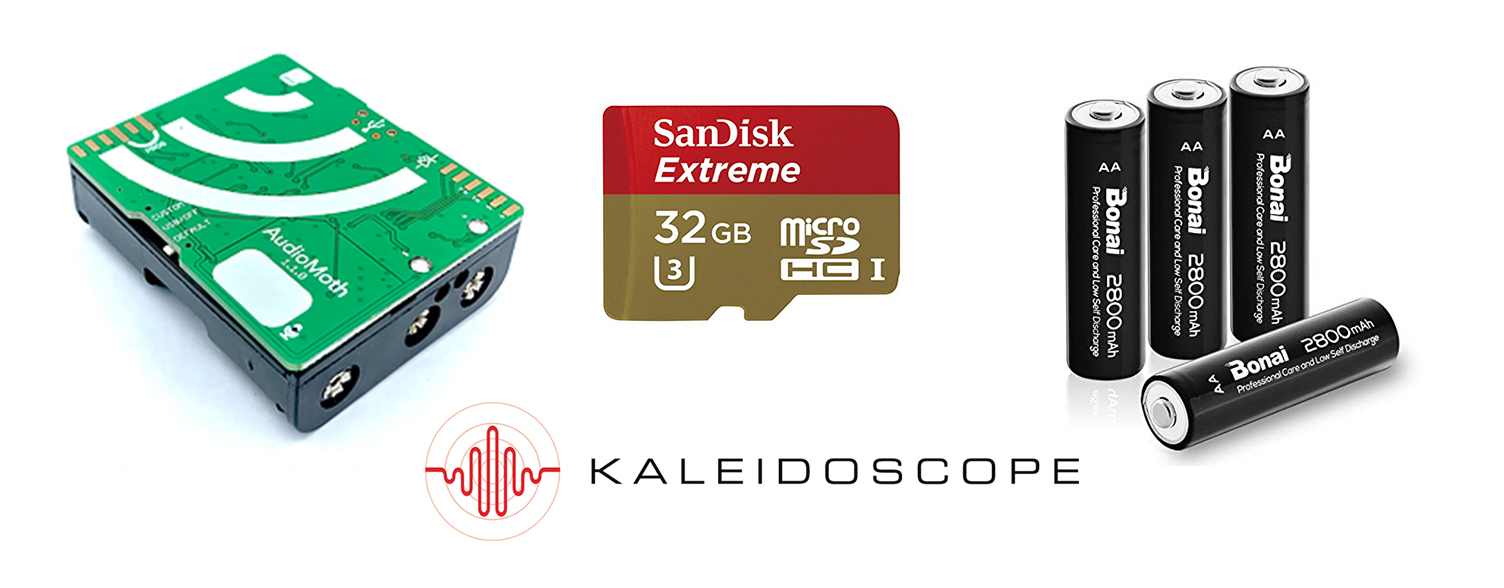ChiroHabitats
Participation is open to anyone, with or without previous experience, who is interested into being part of a long-term monitoring project.
The protocol encompasses 2 bat monitoring modalities using automated ultrasound detectos: a PERMANENT modality, which allows to obtain population trends data of the different species, and a SPORADIC modality, which allows to collect presence and relative abundance data of the species along its range.
Sampling dates
Winter: November 15th - February 28th
Spring: March 1st - May 15th
Summer: May 16th - August 31st
Autumn: September 1st - November 14th

PERMANENT ChiroHabitats
In the PERMANENT ChiroHabitats you must choose a specifica locality and conduct at least one nigth of recordings (from 30' before sunset to 30' after sunrise) per each season of the year continously over time. If you want to conduct various recording sessions for each season you can also include those in the online portal. This modality is the one that provides with more valuable information, as it allows to monitor the evolution of the bat community in a specific place. You need to analyse all your recordings manually and identify the species using a free ultrasound analysis software. If you don't have experience, contact us in order to obtain the required training. In order for the data to be comparable you should conduct your session in similar dates over the years.
SPORADIC ChiroHabitats
In the SPORADIC ChiroHabitats you must conduct one night of recordings (from 30' before sunset to 30' after sunrise), any day of the year and in any habitat.This modality is useful if, for example, you go on vacation or visiting some place where you don't go often, and you want to see which bats are found in the area. This doesn't mean that, if you ever go back at the same place, you can't deploy your detector in the same locality. You need to analyse all your recording manually and identify the species using a free ultrasound analysis software. If you don't have experience, contact us in order to obtain the required training.
1) An AudioMoth automated ultrasond detector (or alternatively SM4). Regular AudioMoth distributors: LABmaker or Groupgets.
3) 3 AA batteries (can be rechargeable).
4) 1 micro-SD 32Gb card (ej. SanDisk Extreme UHS-I U3)
5) Free ultrasound analysis software - Kaleidoscope (Wildlife Acoustics, you need to register and download the latest version!)

Instructions
1. Creation of your locality
Click HERE to design and add your monitoring locality.
2. AudioMoth configuration and placing it on the field
2. AudioMoth configuration and placing it on the field
AudioMoth configuration and solar calculator.
(If you already have a Wildlife Acoustics detector, contact us to adapt this protocol to your devices)
3. Upload recording to the server and species identification
3. Upload recording to the server and species identification
Upload recordings to the server, data processing and sending your results
Kaleidoscope configuration (download this file LINK).
Species echolocation identification key
5. Support channel
 If you have any doubt about the protocol or species identification, do not hesitate to ask us in the forum
If you have any doubt about the protocol or species identification, do not hesitate to ask us in the forum
5. Support channel
 If you have any doubt about the protocol or species identification, do not hesitate to ask us in the forum
If you have any doubt about the protocol or species identification, do not hesitate to ask us in the forum
5. Support channel
 If you have any doubt about the protocol or species identification, do not hesitate to ask us in the forum
If you have any doubt about the protocol or species identification, do not hesitate to ask us in the forum
5. Support channel
 If you have any doubt about the protocol or species identification, do not hesitate to ask us in the forum
If you have any doubt about the protocol or species identification, do not hesitate to ask us in the forum